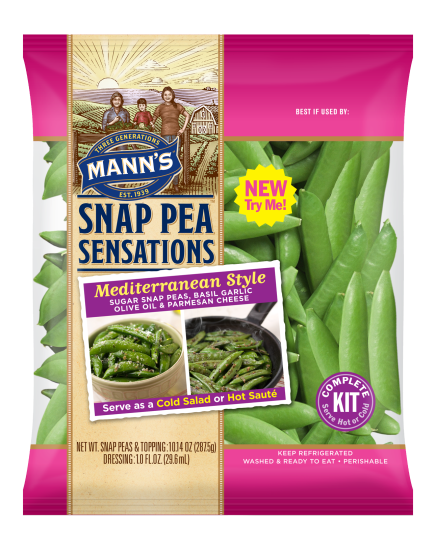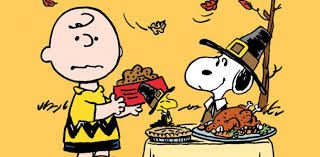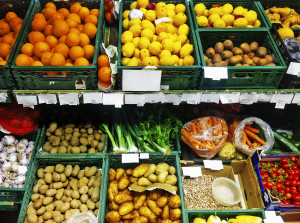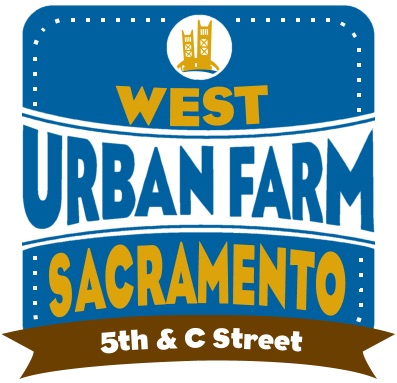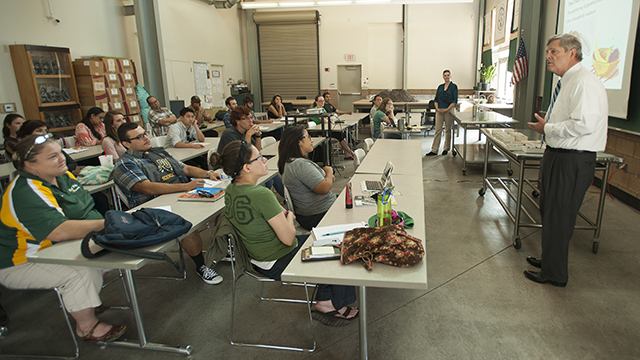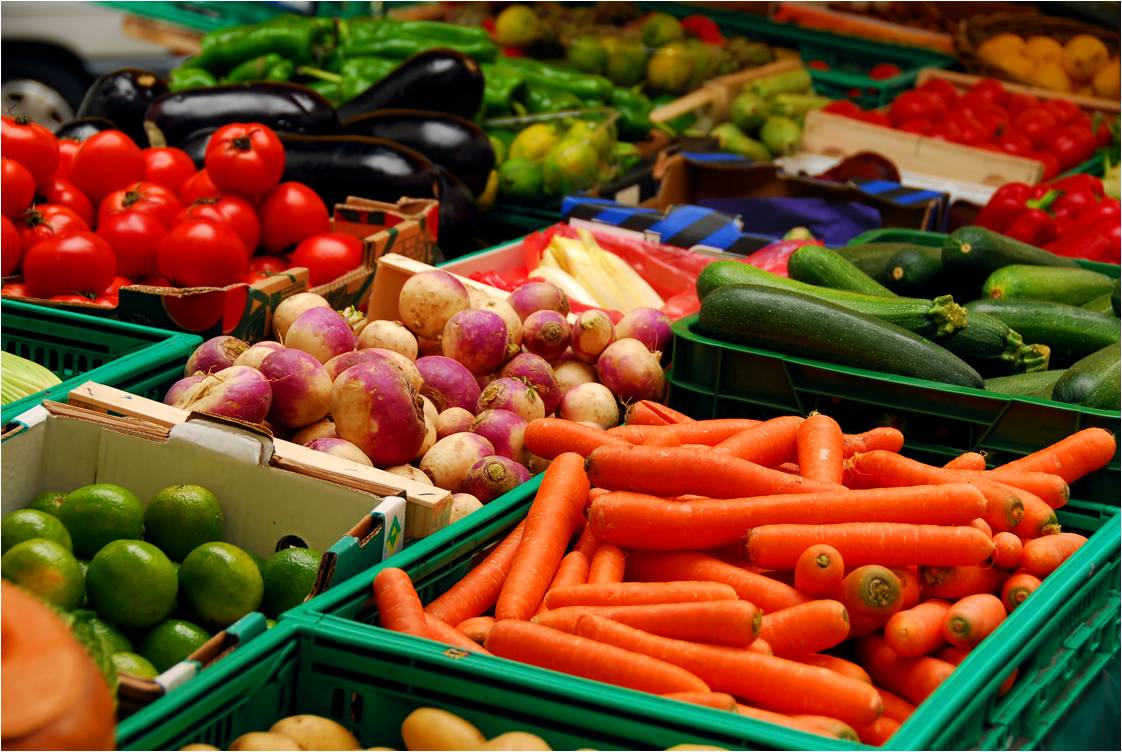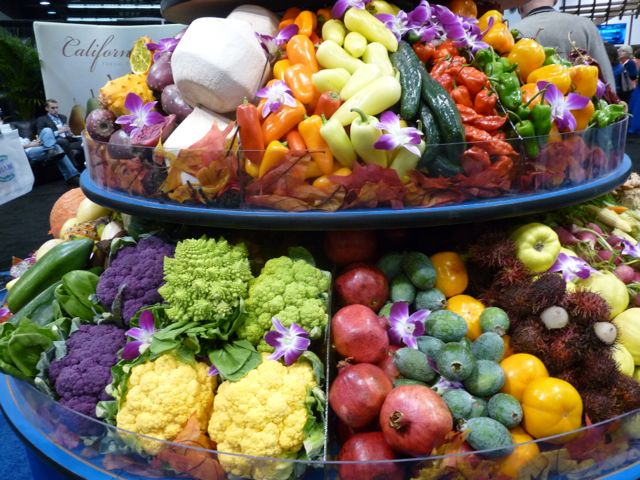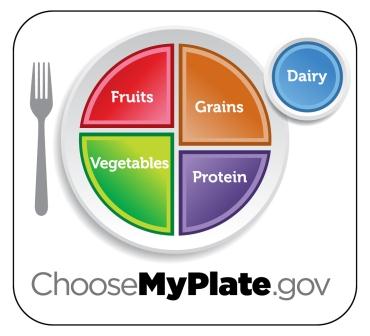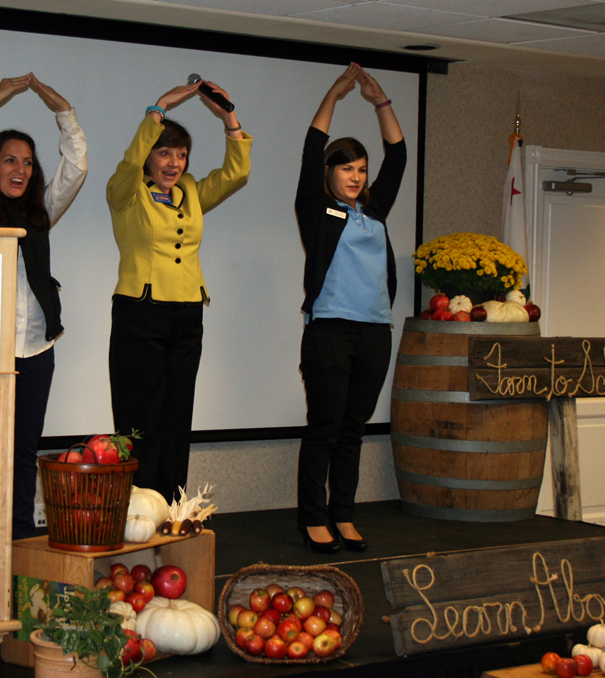California Gas Tax to Affect Ag and All Residents
New gas tax threatens to eliminate benefit of lower fuel costs to California farmers and consumers
In an effort to reduce greenhouse gas emissions to 1990 levels by the year 2020, California state legislators passed a gas tax law known as AB 32. Starting in 2015, the law’s penalty on carbon emissions will apply to all cars and trucks in the state, meaning that everyone who fills up will pay more. Exactly how much more? Nobody knows yet. It could be as high as 50 cents per gallon with at least a 15-cent increase, beginning in 2015.
Joel Nelsen, president of California Citrus Mutual, keeps a sharp eye on legislation that hurts agriculture. He commented, “It’s scheduled, unfortunately, to be implemented, but at what level we don’t know. Assembly member Jim Patterson (R-23rd District) and Senator Andy Vidak (R-Hanford) are going to initiate some additional publicity on it, and they are going to introduce legislation in January to carefully analyze the California Environmental Protection Agency’s Air Resources Board (ARB) is implementation of the gas tax.”
“Both Patterson and Vidak recognize, as do we all, that the additional dollars in everyone’s pocket relative to lower fuel prices, help the economy. People have more disposable income, whether they are purchasing fresh fruits and vegetables or something for the holidays; lower fuel costs make consumers’ expenditures higher because they have more dollars,” noted Nelsen. “By implementing this gas tax, you’re going to stifle this economic spurt that we typically see in the last few months of the calendar year. Jim and Andy, I think, are aware of that.”
“It’s an adverse tax in that it just goes to the general fund, with no redeeming value. You know, we already pay a tax that on gasoline that goes to roads and transportation. We pay a tax on cans and bottles that we buy at the supermarket that goes to recycling,” said Nelsen. “When we pay this gas tax, it’s just going to the general fund for a group of individuals to parse out–whether we reap any benefit or not. So this is not a healthy economic approach in my estimation, and this is why we’ll be supporting the Senator and Assemblyman in what they are doing.”
“The governor endorses it because it creates a larger fund for him to underwrite the high-speed rail program.The governor feels that high speed rail helps with cleaner air because it will take more cars off the road as more people ride the train,” Nelsen said. “The newly-generated gas tax dollars thus become a subsidy for high speed rail.”
Nelson said the the ARB has some leeway to decide the size of the gas tax.
“Here we are, all of the sudden we are reaping something positive, paying a whole heck of a lot less for our fuel, and the state wants to make it that much more expensive,” said Nelsen.


